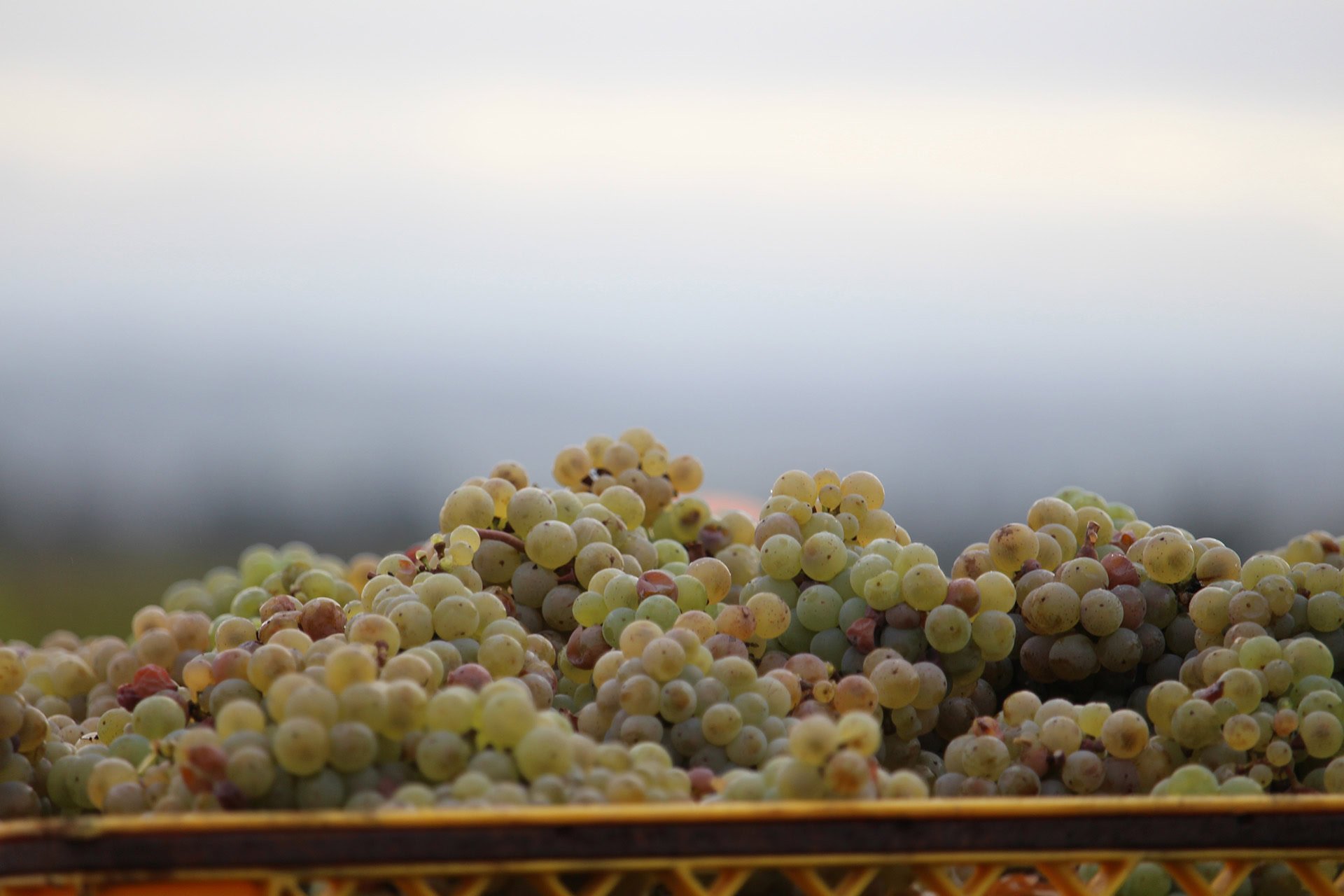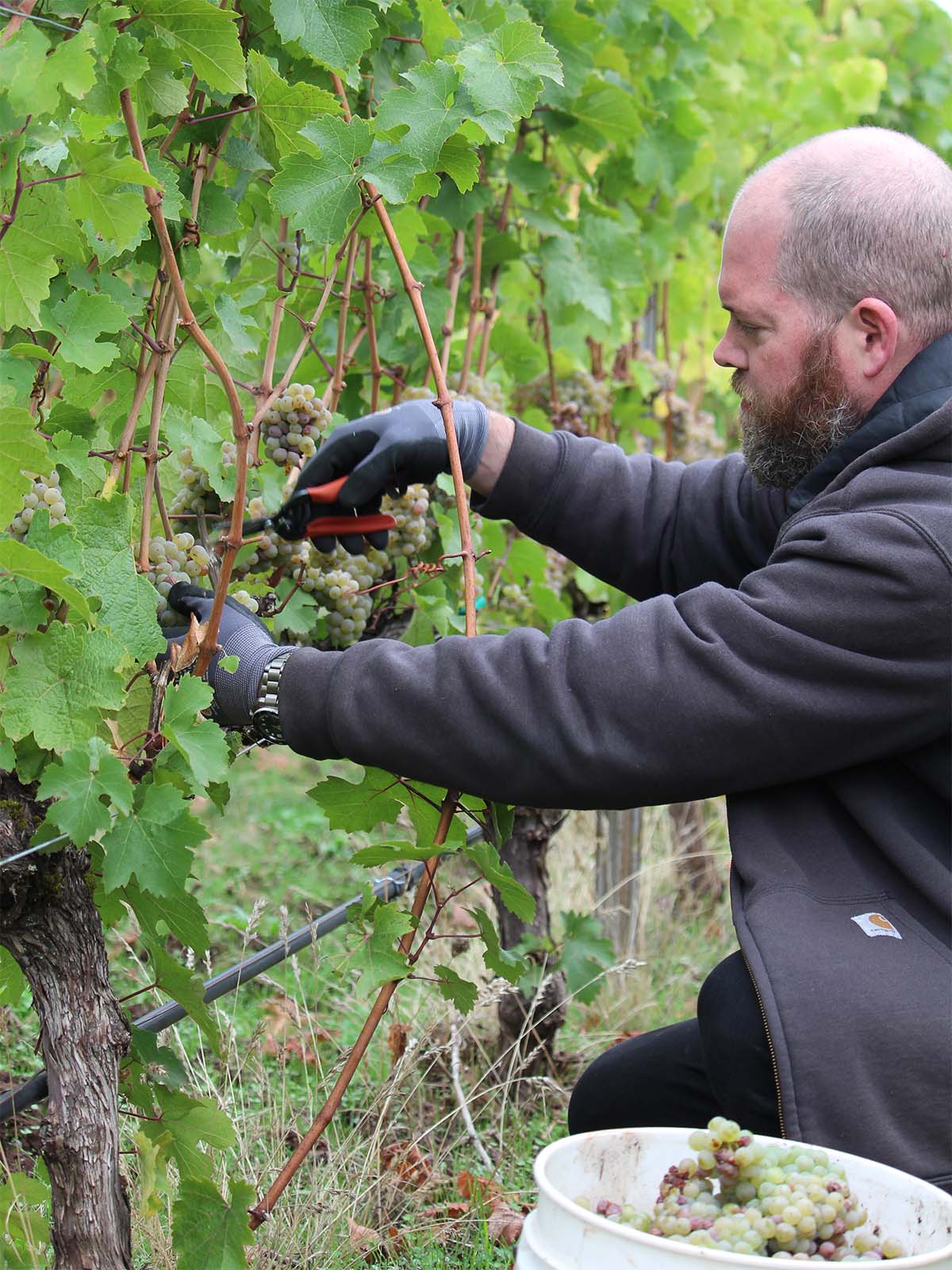
The Argyle Riesling Story
Our journey with Riesling began in 1988, when we crafted a dry-styled, age-worthy Riesling from a block in the Knudsen Vineyard, planted on its own roots with a density of 600 vines per acre—a standard set in the 1970s. As viticulture advanced in Oregon, particularly with the emergence of phylloxera and the evolution of Pinot Noir, we decided to embark on a project to elevate our Riesling to new heights.
Today, we farm five acres of Riesling on devigorated rootstock at our warmer, lower-elevation Lone Star Vineyard, utilizing an upright canopy system. This approach allows us to produce Rieslings that are complex, balanced, and expressive of our unique terroir.


Creativity and Collaboration
The Argyle Riesling program began as an exploration and a partnership, inspired by a friendship with the owner of a cryo freezer. Today, this wine is crafted from the last fruit harvested each season, always handpicked by our cellar interns in a collaborative effort that celebrates the end of the harvest. Initially created to offer a sweeter option for wine enthusiasts, our Riesling has evolved into a unique and cherished expression of Argyle’s commitment to creativity and collaboration in winemaking.
Explore our Oregon Rieslings
Become a Member and save!
Join the Argyle Membership community and unlock exclusive benefits, including early access to new releases, special member pricing, and invitations to members-only events.